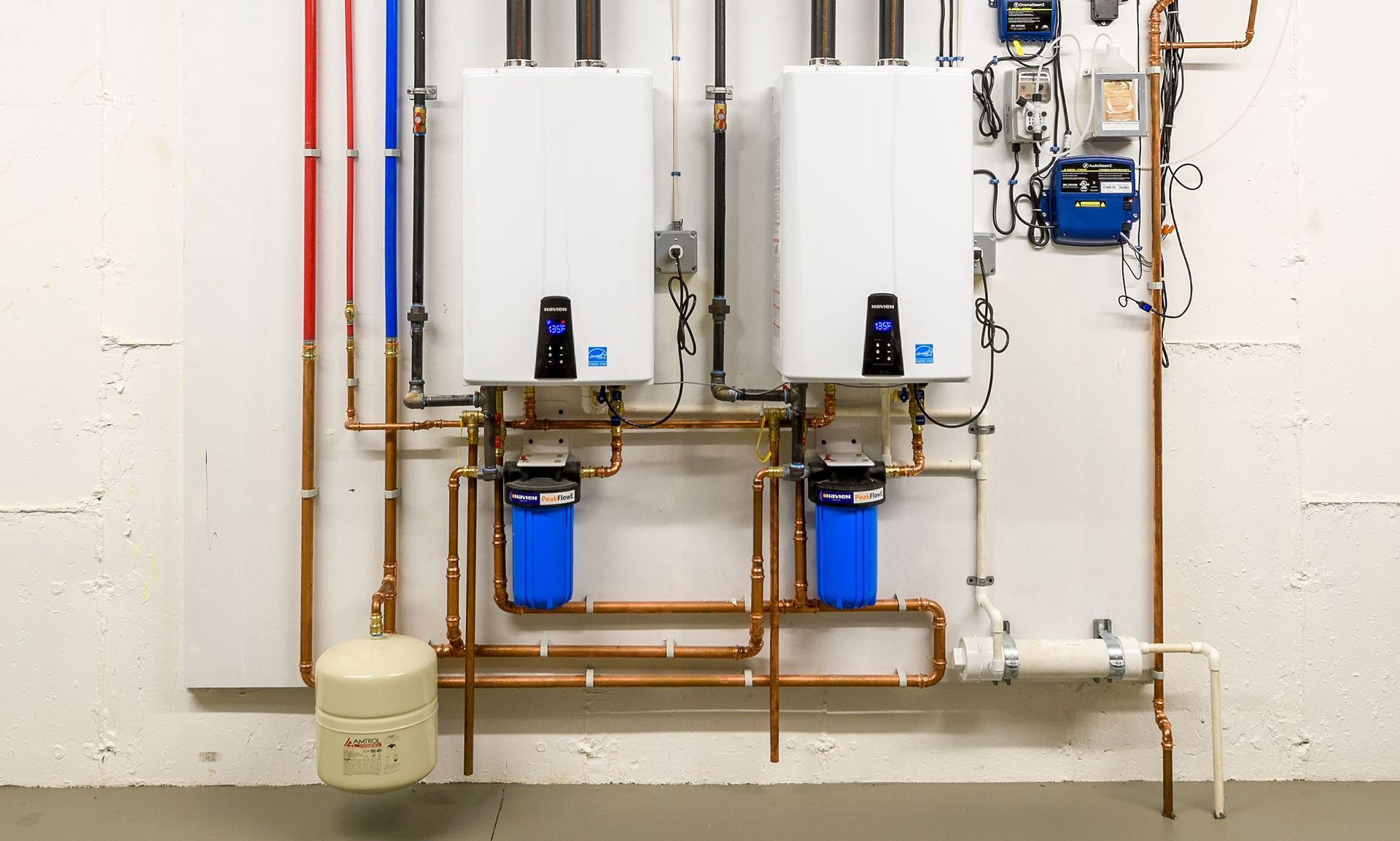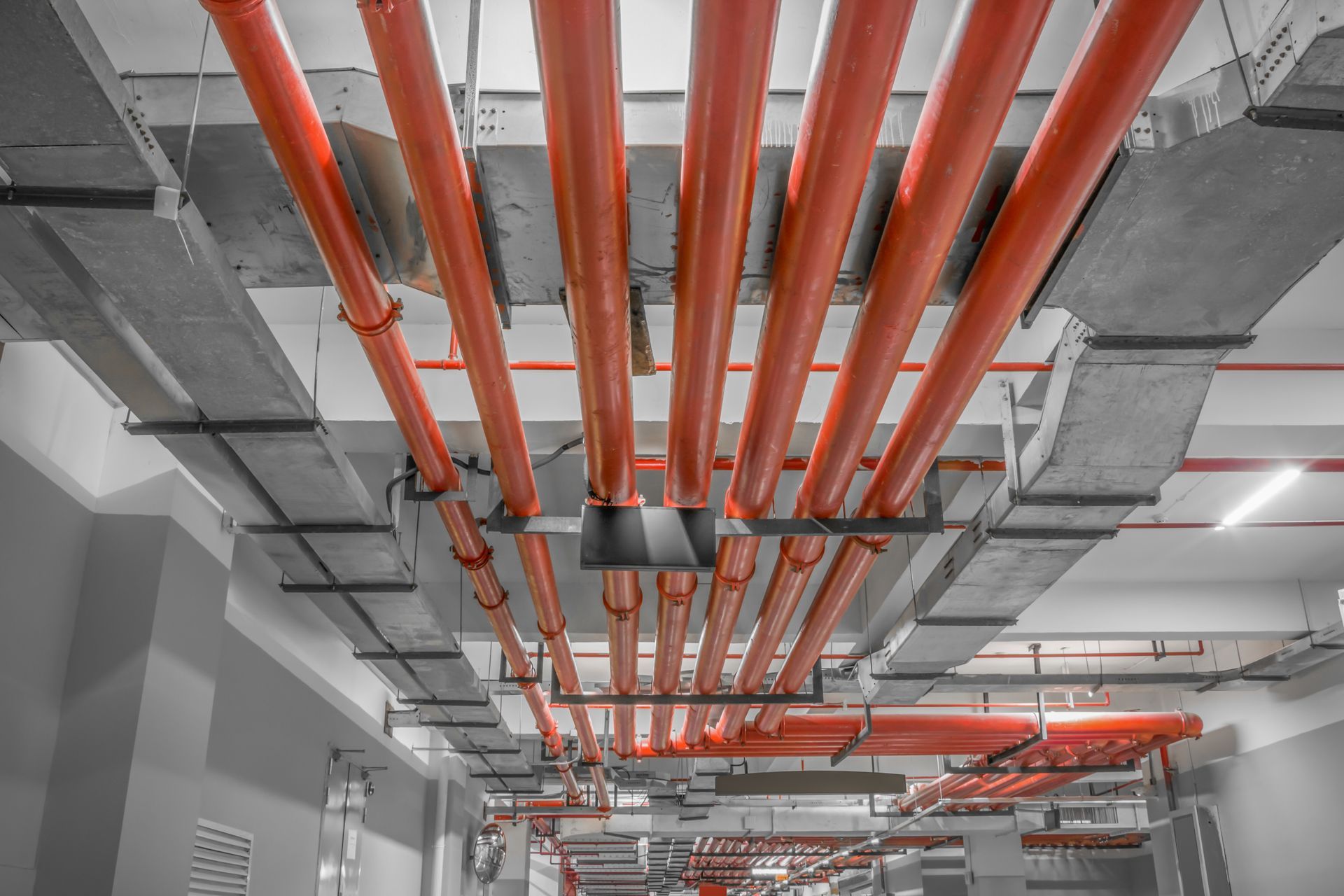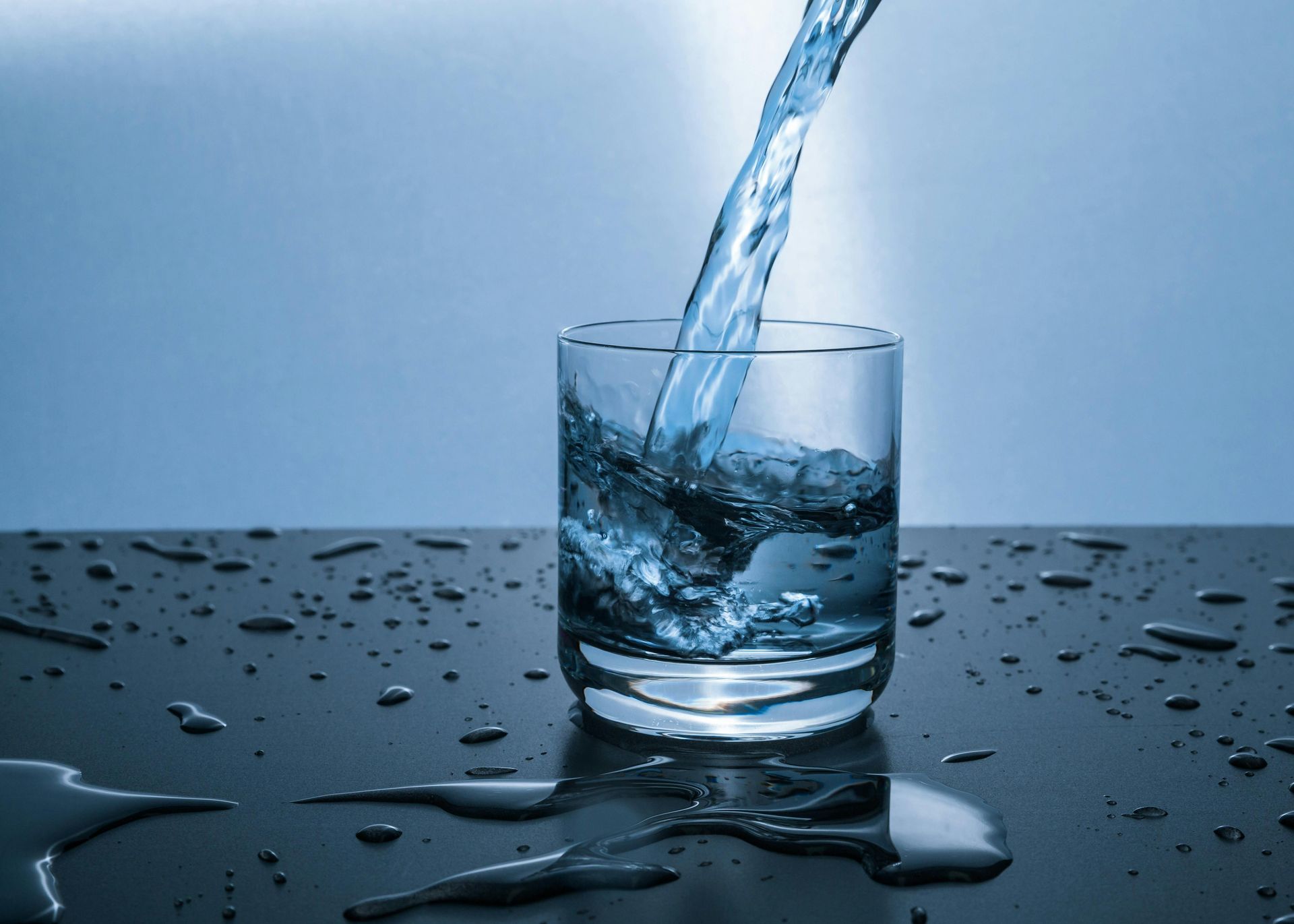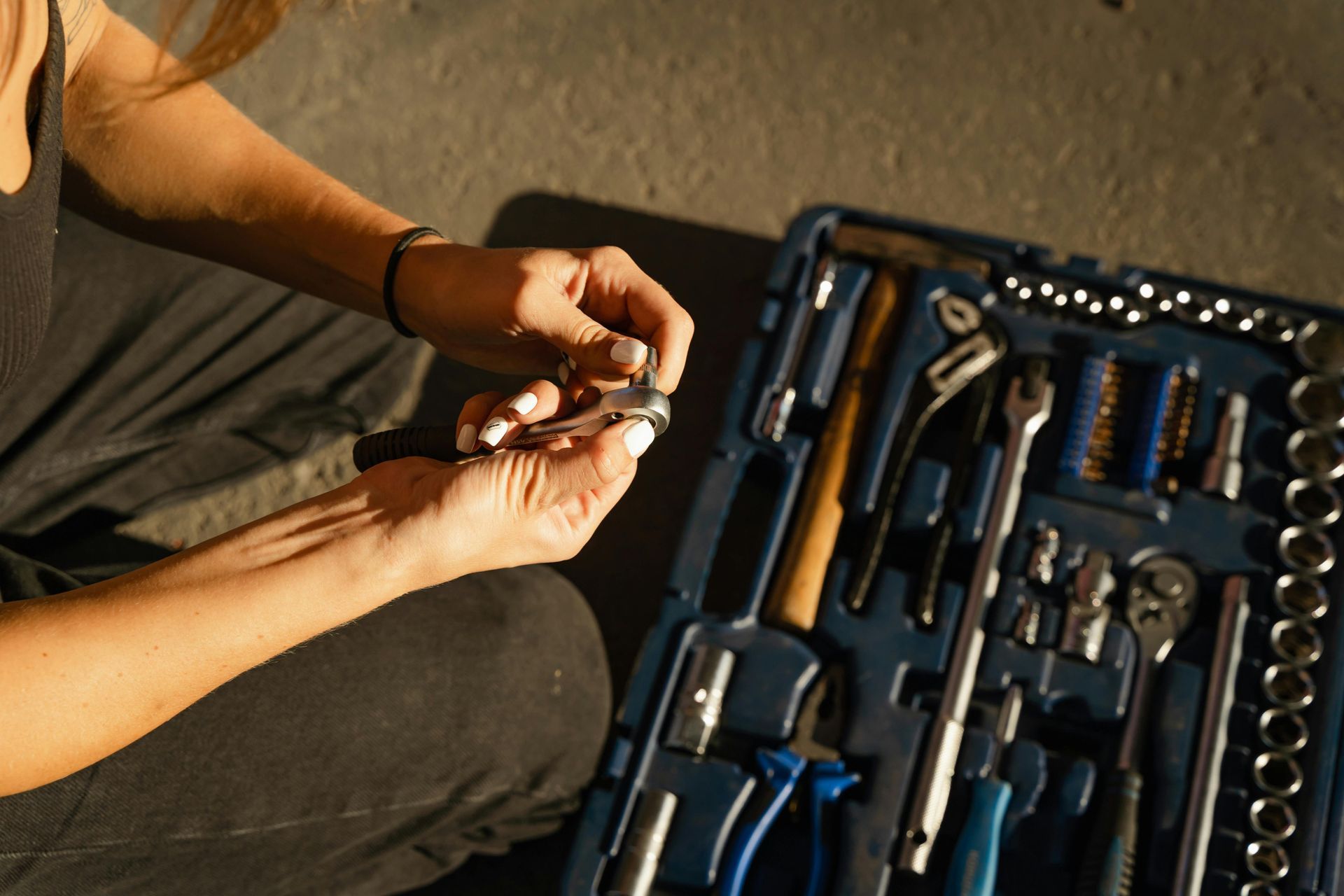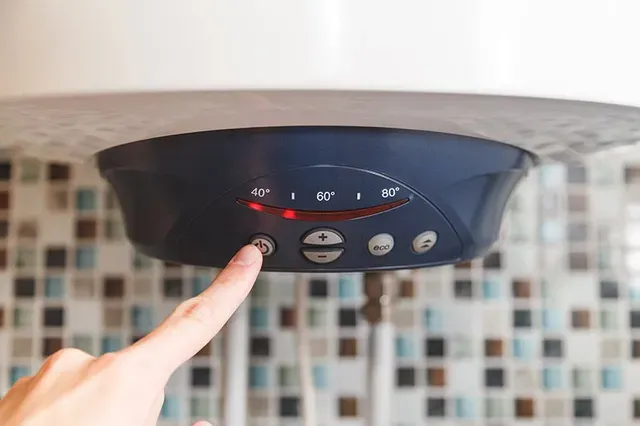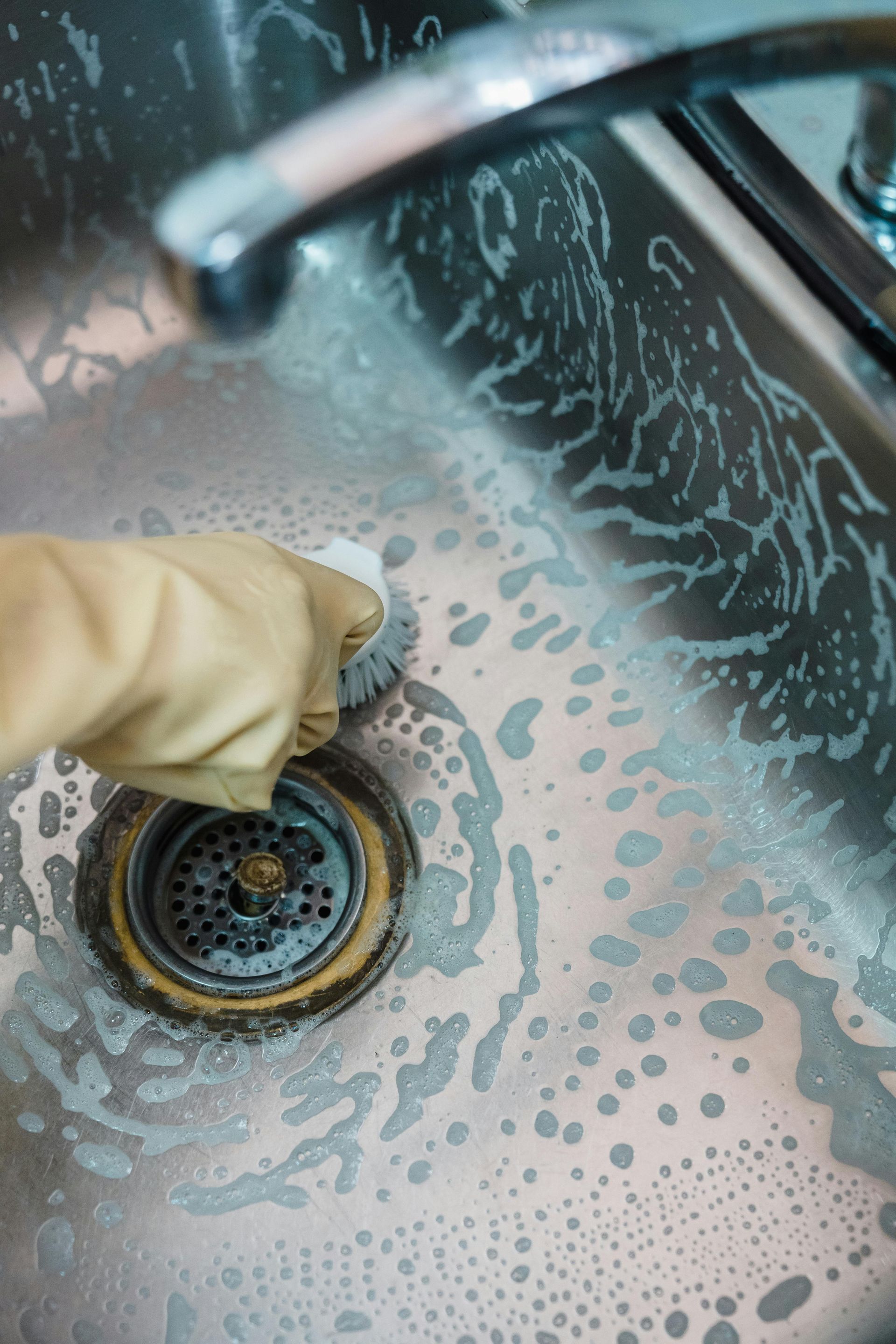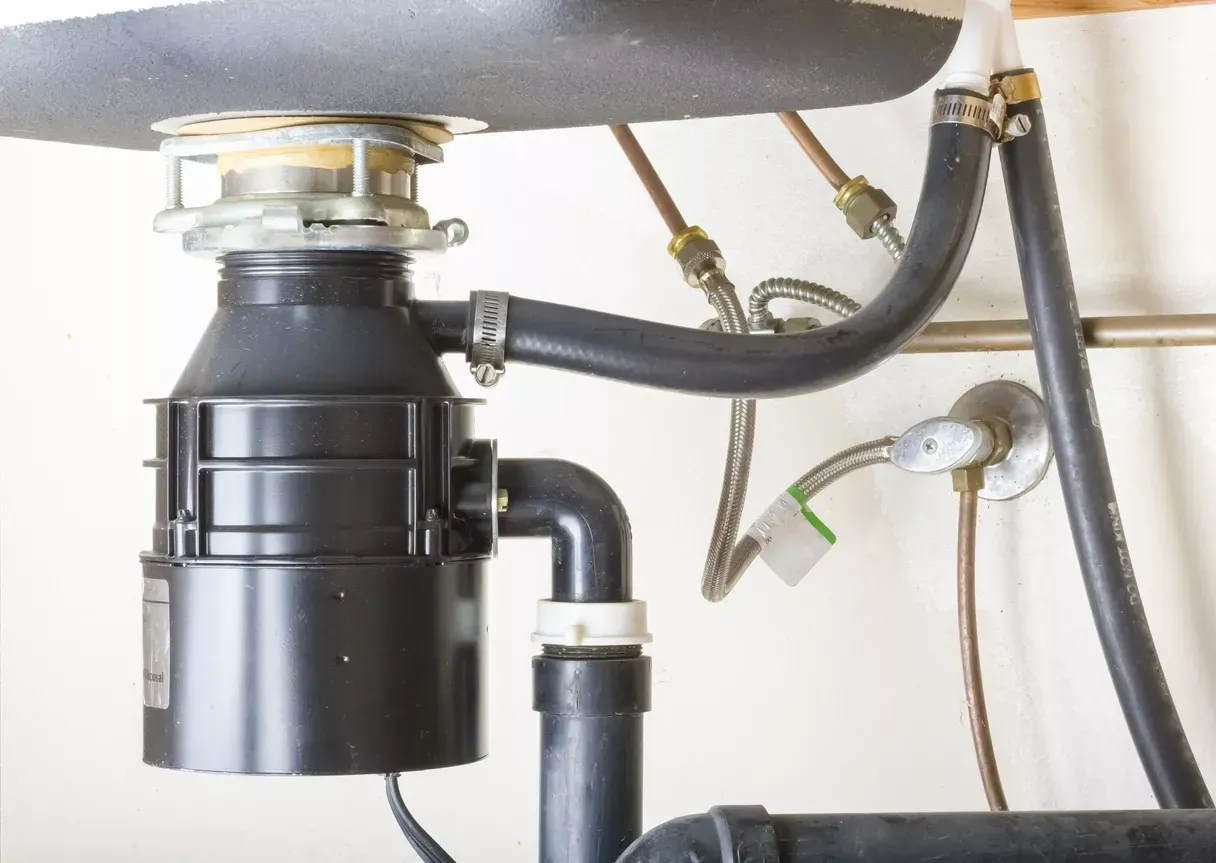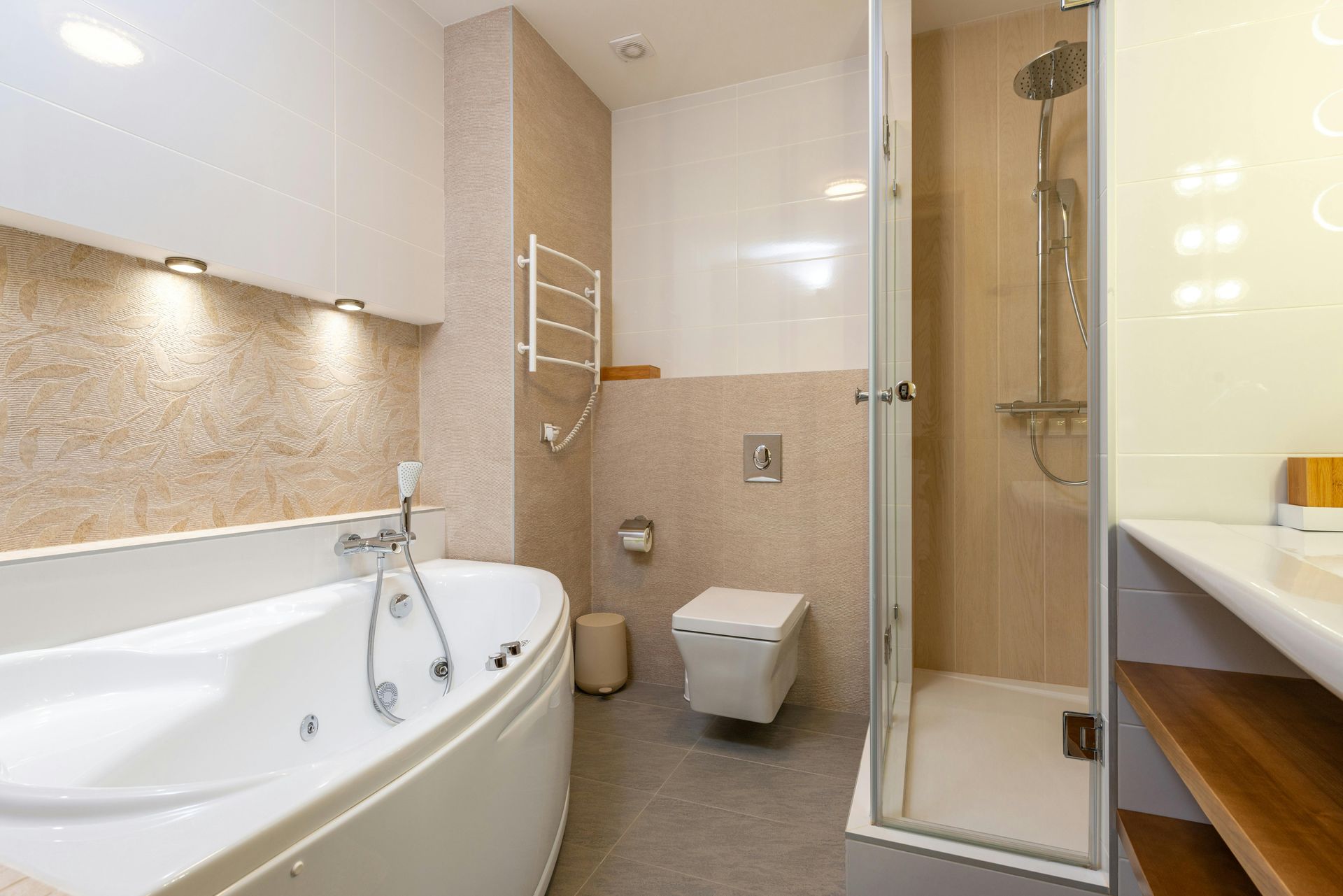How Do You Fix a Grease Trap?
A grease trap is an essential component in commercial kitchens and food service establishments, preventing fats, oils, and grease (FOG) from entering and clogging the plumbing system. Over time, grease traps can become clogged, damaged, or ineffective, leading to plumbing issues, foul odors, and even health hazards. Fixing a grease trap requires proper knowledge, the right tools, and a step-by-step approach to ensure its efficiency is restored. In this guide, we will explore common grease trap problems, how to fix them, and preventative measures to keep them functioning optimally.
How Do You Tell if My Sewer Line is Collapsed?
Common Problems with Grease Traps
Before jumping into the repair process, it’s crucial to understand what can go wrong with a grease trap. Some of the most common issues include:
- Clogs and Blockages: Grease and solid waste buildup can lead to severe blockages, preventing water from flowing properly.
- Unpleasant Odors: When grease traps are not cleaned regularly, the accumulated waste decomposes, causing foul smells.
- Slow Drainage: If water drains slowly in sinks connected to the grease trap, it could be a sign of a clog.
- Overflowing Grease Trap: A grease trap that is overflowing is often a result of excessive grease accumulation or poor maintenance.
- Structural Damage: Corrosion, leaks, or cracks in the grease trap can compromise its function and lead to major plumbing issues.
Step-by-Step Guide to Fixing a Grease Trap
1. Inspect the Grease Trap
The first step in fixing a grease trap is to conduct a thorough inspection. Check for visible signs of blockages, corrosion, and leaks. If the trap is full of grease and solid waste, it is time for a deep cleaning.
2. Gather the Necessary Tools
To effectively fix a grease trap, you will need:
- A wrench or screwdriver (to remove the lid)
- A bucket or trash bag (to dispose of waste)
- A scraping tool or spatula (to remove grease)
- A hose or pressure washer (to clean the trap)
- Protective gloves and a mask (for hygiene and safety)
3. Remove and Dispose of Grease
Carefully remove the lid of the grease trap using a wrench or screwdriver. Scoop out the accumulated grease and solid waste into a bucket or trash bag. Be sure to dispose of the waste according to local environmental regulations.
4. Clean the Baffles and Trap Walls
Baffles inside the grease trap help separate grease from water. These baffles often accumulate thick grease layers, which must be scraped and cleaned. Use a scraping tool to remove buildup from the walls and baffles.
5. Flush the Grease Trap with Water
After manually removing grease, use a hose or pressure washer to flush out any remaining residue. This helps clear out any small clogs and ensures that the trap is completely clean.
6. Inspect for Structural Damage
If you notice cracks, corrosion, or leaks, your grease trap may need repairs or replacement. Small cracks can sometimes be sealed with waterproof epoxy, but major damage may require professional intervention.
7. Reassemble and Test the Trap
Once cleaned and repaired, securely reattach the lid and baffles. Run water through the sink and observe whether the drainage has improved. If water flows freely without backup, your grease trap is functioning properly again.
Risks of Ignoring a Faulty Grease Trap
Neglecting a grease trap can lead to serious problems, including:
- Frequent plumbing backups and expensive repairs
- Health hazards from bacteria and foul odors
- Environmental pollution due to improper grease disposal
- Fines and legal consequences for non-compliance with regulations
Expert Recommendations for Grease Trap Maintenance
To prevent future issues, experts recommend:
- Cleaning grease traps at least once a month
- Using bacterial grease digesters to break down FOG naturally
- Installing strainers in sinks to catch solid waste
- Scheduling professional inspections for deep cleaning and maintenance
Preventative Measures to Keep Your Grease Trap Working Efficiently
Regular maintenance is key to avoiding costly repairs. Always dispose of grease properly instead of pouring it down the drain. Train kitchen staff on best practices for grease management. Finally, monitor water drainage and address slow drainage before it leads to major blockages.
Conclusion: Keep Your Grease Trap in Top Shape
A well-maintained grease trap is essential for smooth kitchen operations. By following proper cleaning and repair procedures, you can prevent common issues and extend the lifespan of your grease trap. If you encounter persistent problems, don’t hesitate to call a professional for assistance. A little effort in maintenance goes a long way in ensuring your plumbing system remains grease-free and functional.
